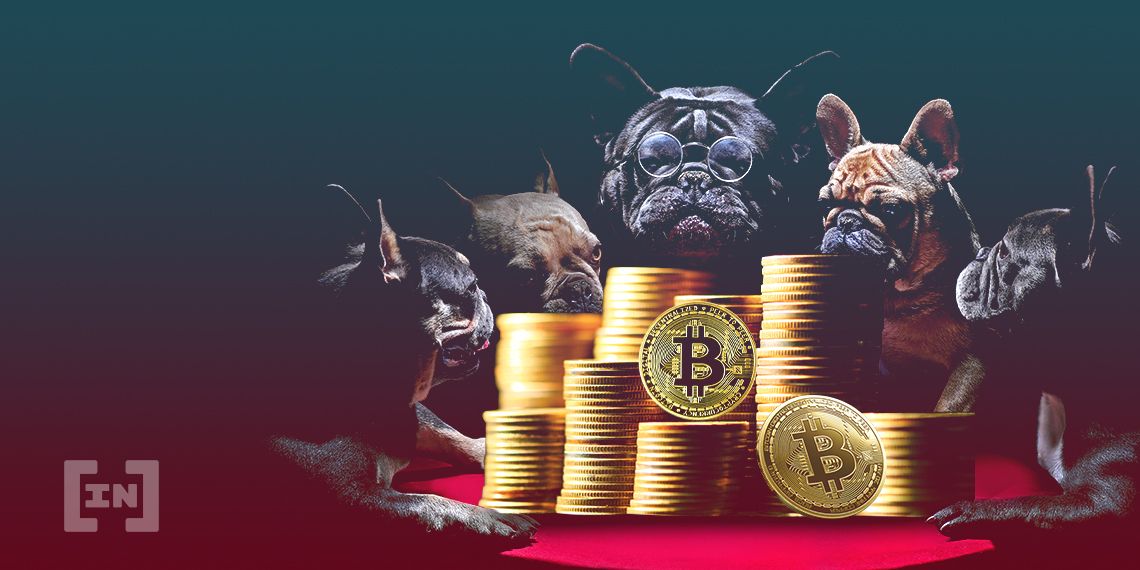In today’s video, host Jessica Walker takes us through the possibility of exchanges running out of bitcoin. Will there be enough BTC to go around?
Bitcoin’s popularity, coupled with the entrance of institutional and enterprise investors, is driving up demand. Overall corporate demand is more than double the entire monthly amount of bitcoin created per month.
While the cryptocurrency community celebrates the arrival of Grayscale, MicroStrategy, and PayPal, these companies alone are hoovering up supply. At the same time, retail demand is skyrocketing.
SponsoredWatch BiC’s Latest Crypto Video News Show Here:
BTC Demand Rising
The upshot is that exchanges are seeing unprecedented demand. PayPal trading volumes increased 905% and soared past $242 million in one 24-hour period.
Demand has risen to the point that exchanges are mulling restrictions. PayPal is already restricting high-frequency day-trading. And an eToro manager recently warned about purchasing restrictions that will take effect on the weekend of Jan. 16.
Complicating the issue is that those holding bitcoin are waiting for even higher prices. Roughly 66% of the bitcoin supply has not traded hands in the last six months.
SponsoredThe Issue
Bitcoin’s 2020 bull run kicked into gear in July 2020. MicroStrategy bought bitcoin to replace US dollars in its reserves. Grayscale announced its Grayscale Bitcoin Fund, which gave institutional investors a way to legally gain exposure.
While this was happening, PayPal’s bitcoin platform was gaining traction. By the end of December, 2020, institutional involvement in cryptocurrency gained depth and breadth.
Grayscale opened its Ethereum-based fund. MassMutual purchased $100 million of BTC. Analysts talked of a rotation out of gold as institutional investors added more risk.
Analysts also noted that the amount of bitcoin these companies were buying staggered the imagination. Grayscale alone bought more bitcoin in November than was mined. The same occurred in December.
Sponsored
Market Reaction
The market reacted to the influx of enterprise investors by turning bullish. Prices broke all-time-highs and crossed $20,000 on Dec. 16.
Trading volumes also soared. On Sep. 3, according to CryptoCompare, volume peaked at $27.6 billion on exchanges. CryptoCompare also noted a rise in purchases on decentralized exchanges (DEXs). Anonymity and self-custody were noted as primary movers for people purchasing on DEXs.
SponsoredAt the retail level, this changed dramatically over the course of 2020. Retail volumes fell in autumn, then surged again with the holiday season. Bitcoin hit $30,000 at year-end due to retail investors.
Trading volume in January is still ramping up. Exchanges report unprecedented volumes. Barely two weeks into January 2021, eToro sees crypto trading volumes that are 25 times higher than in 2020 as a whole.
What’s Next?
The high volumes on exchanges are a sign of new retail buyers coming to the market. Media reports relating to the rise of bitcoin and institutional purchases are a factor.
So, what can we expect? It seems that the bull run is not over yet. Senior bitcoin bulls point to higher prices and volumes that should theoretically make the market more stable. For as long as demand outstrips supply, prices will react accordingly.
One question that arises turns to the learning curve of these new investors. With prices so high and demand throttled by the exchanges, will more savvy newcomers start buying off the exchanges? PayPal is exposing great numbers of newcomers to cryptocurrency and offering convenience. How many will take the next step?

